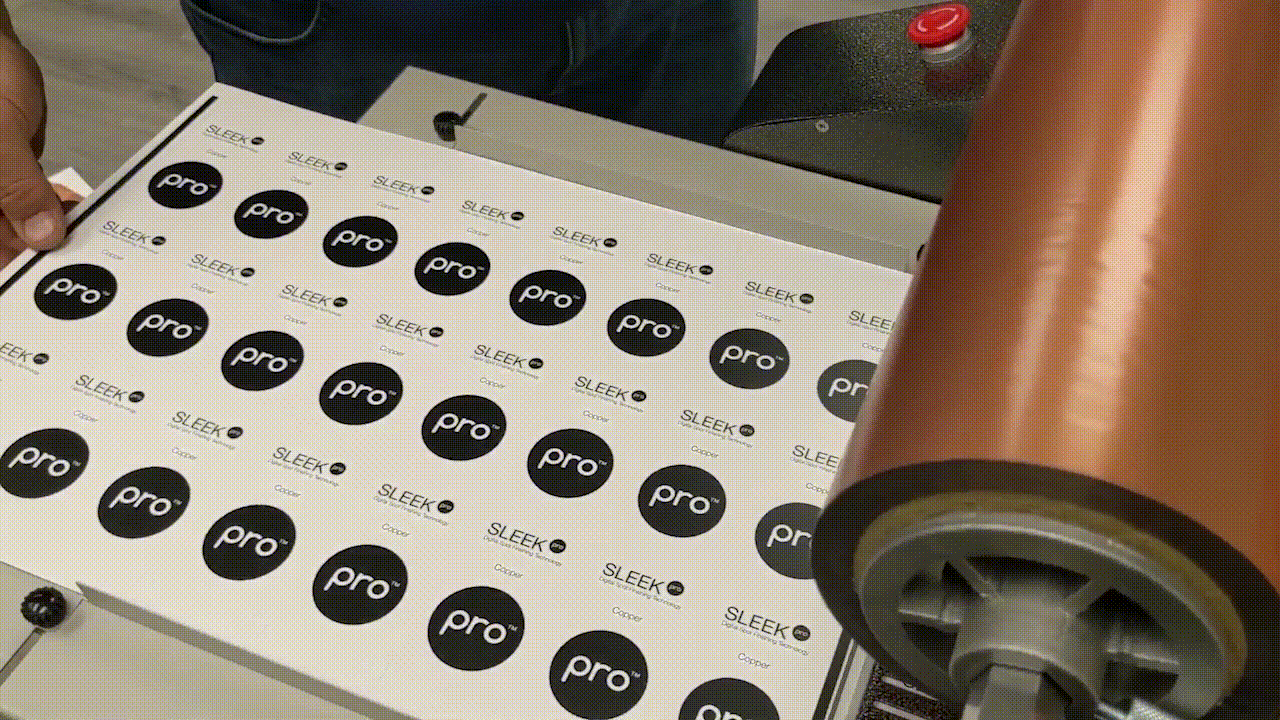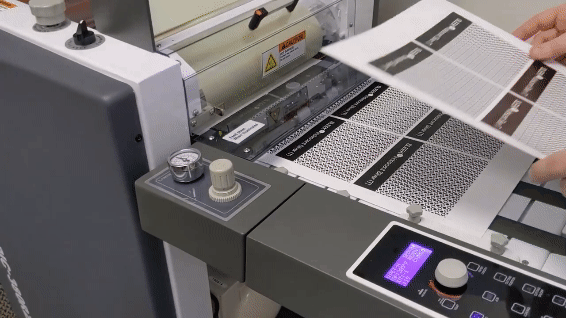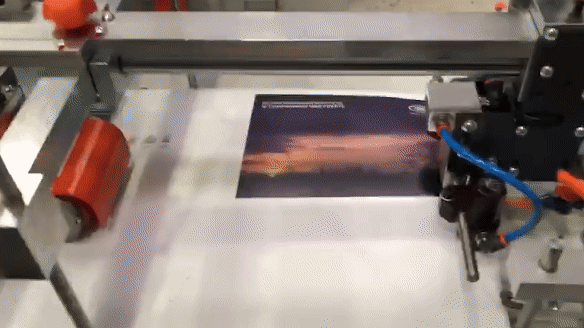If you're in the market for a laminator or specialty finisher, you've likely already seen the options. Small hand-feed units, all the way up to large, fully automatic machines capable of running at speeds up to 101 ft/minute. But where do you fall within that range? And what determines which configuration you go with?
In this article, we're going to cover three of the main things you should be thinking about when deciding on the feeder configuration of your new machine. But before we begin, you should keep in mind that there are three main ways of feeding a laminator.
Option 1: Manually

Option 2: Semi-automatically

Option 3: Automatically

With that out of the way, let's dive into 3 things that you might want to consider.
Option 1: Manually

Option 2: Semi-automatically

Option 3: Automatically

With that out of the way, let's dive into 3 things that you might want to consider.
1. Volume/Run Length
These are just a few questions that can help you determine what's best for your shop.
- What are your current run lengths like? Generally, long runs (300+ sheets continuously) are best suited for auto-feed machines. If your runs are shorter, you may consider a manual or semi-automatic machine.
- How would you prefer to feed that volume of paper into the machine? Do you need your operators free to focus on other tasks in the shop, or are they comfortable with feeding and separating sheets?
- Are you expecting a significant increase in volume in the future? If so, you may consider an auto-feed machine.
2. Feeder Setup
While it's natural to want the best and most advanced option, sometimes the least expensive choice is exactly what you need. Automatic feeders work great once they're set up, but setting them up can be time-consuming.
For long runs, this isn't an issue because you save time by not manually feeding hundreds of sheets. However, for short runs, it's more practical to hand-feed a few sheets into the machine. Setting up the automatic feeder for a small number of sheets will take more time and result in more wastage than necessary.
For example, if you have a 500 business card job, and you're running them on 13x19 sheets. You'll need to keep in mind that setting up the feeder will take 8-10 sheets.
Additionally, if your sheet size varies, you'll need to adjust the feeding head each time to ensure optimal feeding.
3. Price
There's no getting around it, price is also a factor. And manual-feed units are going to be a fraction of the cost of a fully automatic machine. A LAMpro Bobcat will run for just over $5,000, while the auto-feed options start at $35,000.
But the good news is that the most expensive option may not be what your shop needs. In fact, we see a lot of our customers start out with either a manual or semi-automatic machine before upgrading to (or adding) a fully automatic machine.
If you're still unsure about the best option for your shop, feel free to give us a call. After all, you know your shop and most common applications best. We're just here to help!